Rein back is a movement that we do not see horses often perform spontaneously, left to their own devices. Sometimes when two horses are playing, they will separate by moving backwards away from each other, but this is not identical to the movement that we demand from them under saddle.
Rein back is defined as a backward diagonal movement, with a two-beat rhythm similar to trot, but without a moment of suspension. Each diagonal pair of limbs is raised and returned to the ground alternately, with the forelimbs aligned on the same track as the hindlimbs.
The FEI rules state that ‘During the entire exercise, the Horse should remain “on the bit”, maintaining its desire to move forward. Anticipation or precipitation of the movement, resistance to or evasion of the contact, deviation of the hindquarters from the straight line, spreading or inactive hind legs and dragging forefeet are serious faults.’
Three recent studies have shown that rein back is frequently performed poorly in competition. Rein back was observed in 147 competition starts in FEI World Cup Grand Prix dressage qualifiers and championships (Dyson and Pollard 2021a). The Grand Prix movement is described as ‘Halt-immobility-rein back 5 steps-proceed at collected trot’. There was a high frequency of occurrence of riding or training errors including failure to halt at the marker (17%), halt not square (36%), halt not sustained (10%) and halt head behind vertical (18%). In the rein back itself the overall incidence of head behind vertical ≥10⁰ (often ≥30⁰) was 63%, mouth open with separation of the teeth was 33%, incorrect number of rein back steps was 23%, and rein back crooked was 6%, which were all disturbingly high.
Similar observations were made at the British Dressage Grand Prix National Championships 2020. The most frequent errors were halt head behind vertical ≥10⁰ (36%), rein back head behind vertical ≥10⁰ (72%), and rein back mouth open with separation of the teeth (40%) (Dyson and Pollard 2021b).
Rein back was also observed at British Eventing Novice one-day events and was performed poorly in 23% of 197 competition starts (not including horses that stepped back crookedly or took an incorrect number of steps) (Dyson and Pollard 2022). Errors included refusing to step backwards, the front of the head being considerably in front of or behind a vertical position, opening the mouth widely, ears back, tail swishing, head tilt and head tossing (Figures 1, 2 and 3).
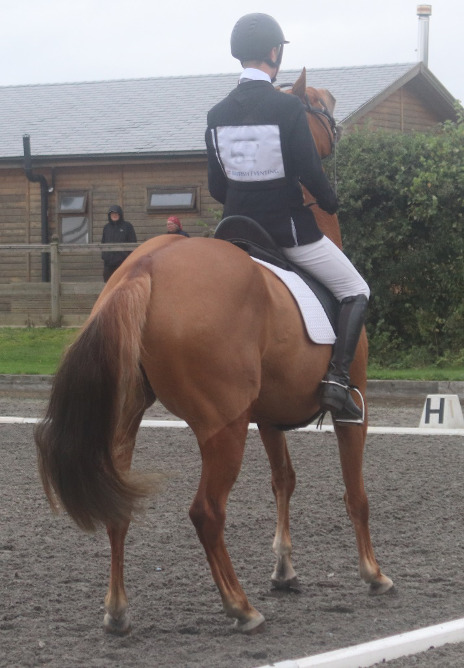
Figure 1 Resistance in rein back with the head considerably elevated, the mouth wide open, the back extended (‘dipped’) and the horse is ‘planted’.
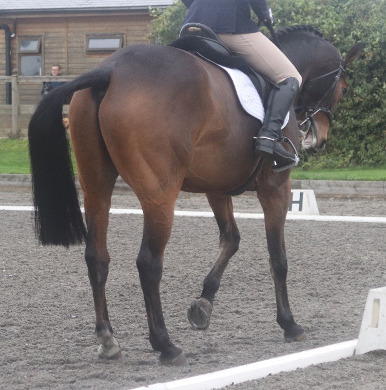
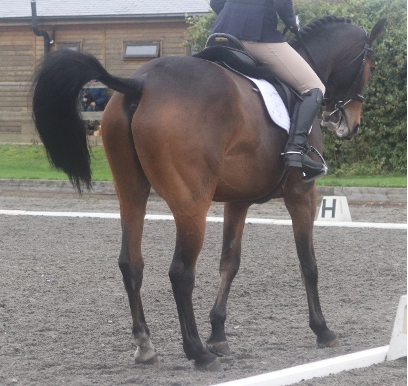
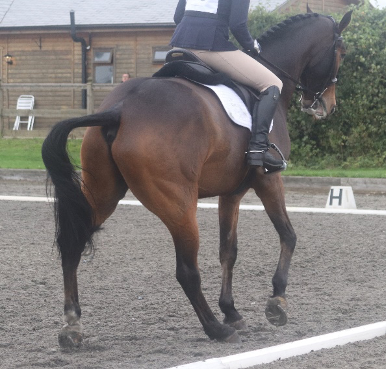
Figure 2 Head behind vertical, mouth wide open, raised tail head, the left forelimb is raised but the right hindlimb is still on the ground, followed by tail swishing and then picking up the right forelimb and the left hindlimb, but the right hindlimb is still ‘stuck’.
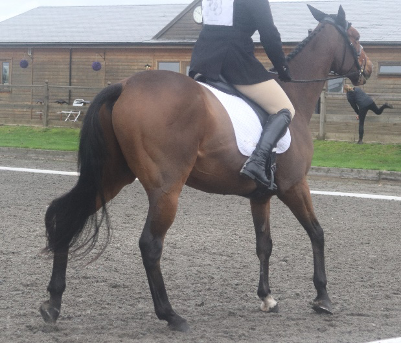
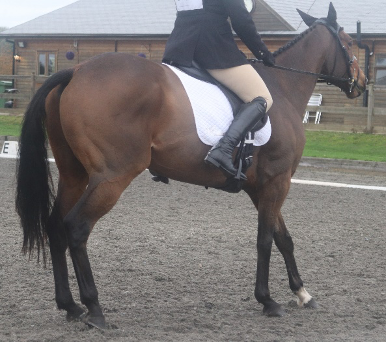
Figure 3 Head above vertical, ears back, intense stare, back extended(‘dipped’), asynchronous movement of the right forelimb and the left hindlimb, followed by dragging the left forelimb and the right hindlimb backwards.
Rein back has clear practical utility, for example being required to open a gate while out hacking. It is sometimes used to test obedience and ‘listening’. We frequently observe upper-level showjumpers canter into a showjumping arena, halting and reining back, albeit often with the head behind the vertical, but generally not showing the resistances observed in Novice eventing dressage. From a rehabilitation perspective rein back is a useful exercise to engage the muscles of the thoracic sling and the abdominal muscles and the psoas muscles, the principal flexor muscles of the lumbosacral region. Correctly performed it should be an easy, fluid and rhythmical movement.
So why is rein back performed so poorly in the dressage arena? It has been acknowledged by the old masters of riding, Podhajsky and Müseler, that rein back is ‘the severest test of the coordination between driving and restraining influences’ and ‘proof of the degree of suppleness, the action of the rein through the body and obedience’. So, is the failure to perform rein back well a reflection of training or riding inadequacies, conflict behaviour, a response to discomfort or a combination of factors?
There are a variety of potential causes of discomfort that could contribute to a poor rein back. These include oral pain, an ill-fitting saddle, primary back pain, lumbosacroiliac joint region pain or hindlimb lameness. Rider weight distribution could also be a factor. Clarity of the cues (aids) is very important and the understanding of the concept of applying pressure and rewarding by the release of pressure is essential from a training perspective.
With improved performance of rein back, competitors could gain valuable additional marks. Rein back is a movement that is relatively easily taught from the ground using negative reinforcement – so backwards tension is applied via a headcollar or the reins of a bridle and as soon as the horse steps backwards the pressure is released. Over time the number of backward steps can progressively be increased. Then the horse can be taught the same movement while ridden, accepting one or two steps initially, before progressively asking for more steps.
Rein back is effectively a gymnastic exercise which involves recruitment of several muscle groups being used in a different combination than for forwards movement. As with any exercise, practice should result in improved musculoskeletal coordination and strengthening of the muscles, which are both likely to be beneficial for performance. So, improvement of rein back by appropriate training has potential benefits for the horse’s athleticism, as well as potentially improving dressage marks – a ‘win win’ situation.
Dyson, S., Pollard, D. (2021a) Application of the Ridden Horse Pain Ethogram to elite dressage horses competing in World Cup Grand Prix Competitions. Animals 11, 1187. doi.org/0.3390/ani11051187
Dyson, S., Pollard, D. (2021b) Application of the Ridden Horse Pain Ethogram to horses competing at the Hickstead-Rotterdam Grand Prix Challenge and the British Dressage Grand Prix National Championship 2020 and comparison with World Cup Grand Prix competitions. Animals 11, 1820 doi.org/10.3390/ani11061820
Dyson, S., Pollard, D. (2022) Application of the Ridden Horse Pain Ethogram to horses competing in British Eventing 90, 100 and Novice one-day events and comparison with performance. Animals 12, 590. https://doi.org/10.3390/ani12050590